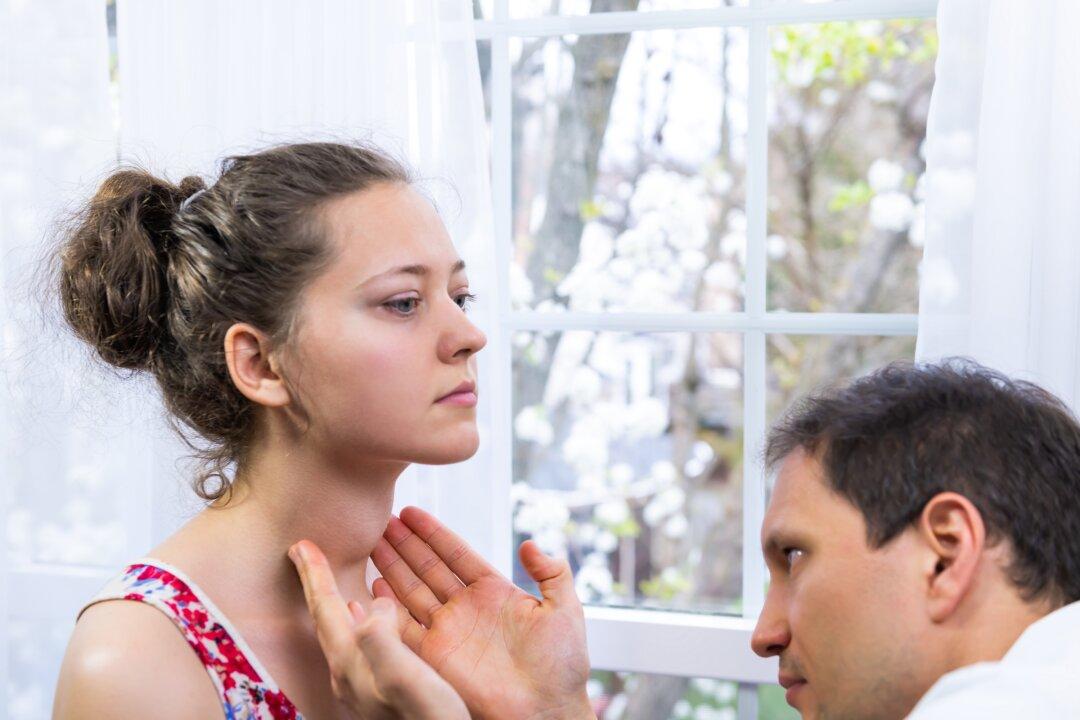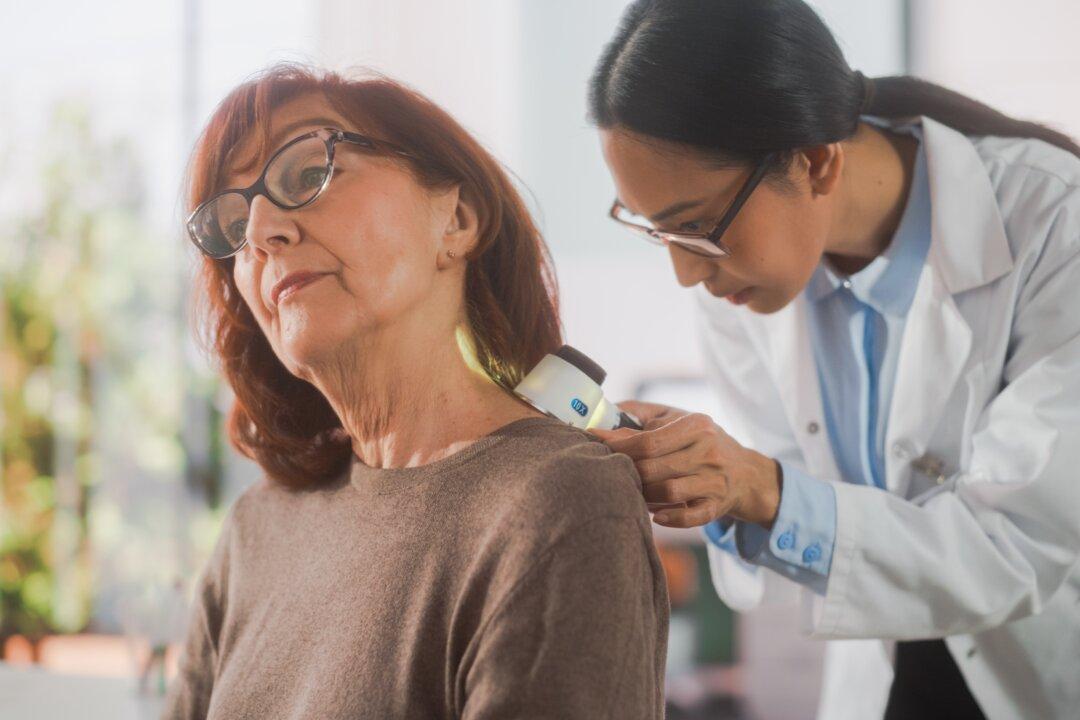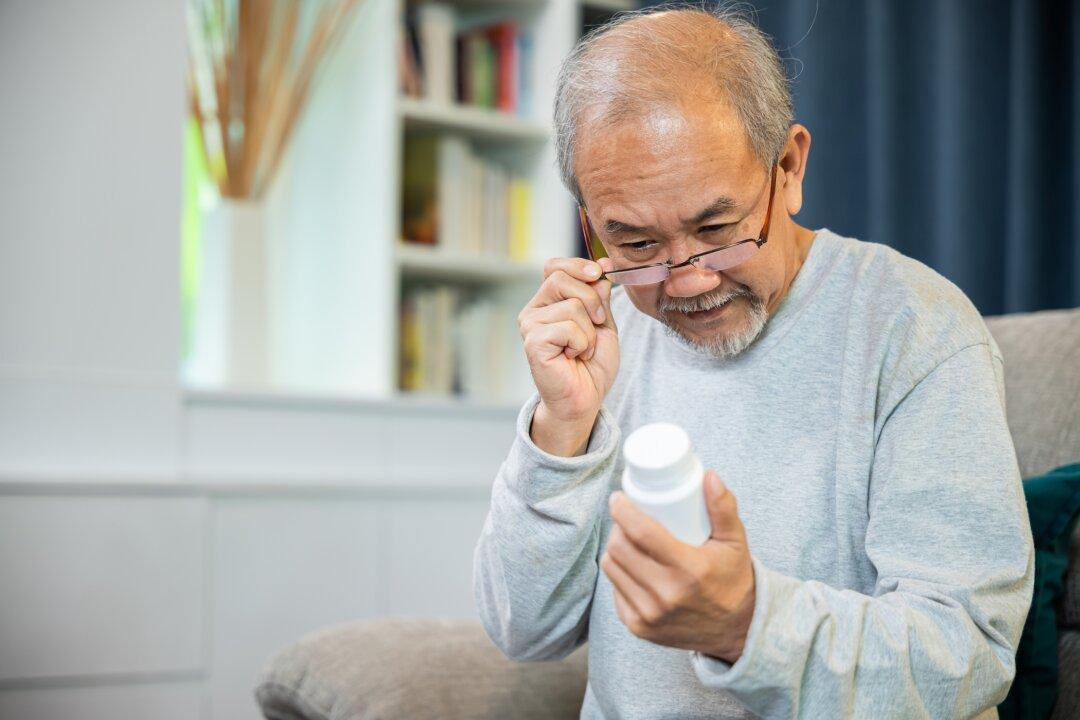There are alternatives to osteoporosis drug therapies that can keep your bones healthy and help to prevent bone fractures.
An estimated 54 million Americans have osteoporosis or low bone mass, with (mostly postmenopausal) women outnumbering men 2–1, but both experience fractures, which lower quality of life.





